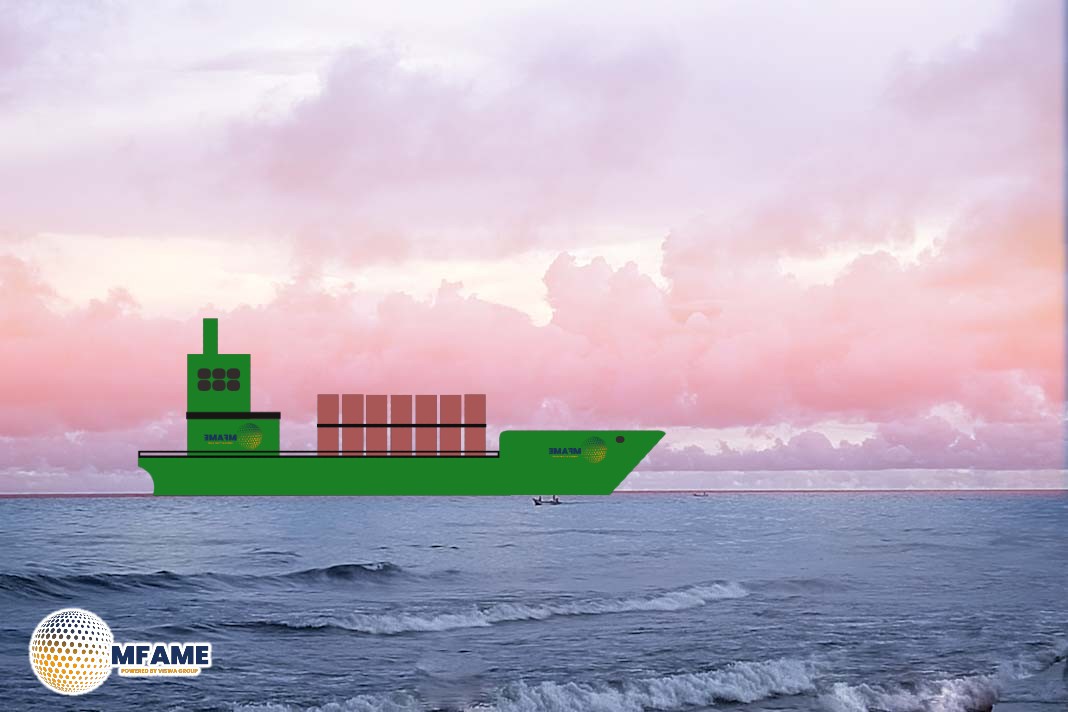An exclusive analysis by Inside Climate News has revealed a striking comparison regarding greenhouse gas emissions. The analysis concluded that the greenhouse gas emissions generated in a single year by tankers transporting Liquefied Natural Gas (LNG) from the United States surpass the total annual greenhouse gas emissions avoided by all the electric vehicles currently in operation on U.S. roads, reports Inside Climate News.
Surging LNG Exports
The 295-meter liquefied natural gas (LNG) tanker, Energy Intelligence, executed a remarkable 180-degree turn in the Calcasieu Ship Channel in late February, assisted by tugboats maneuvering its bow and stern. This maneuver preceded its refueling in preparation for a voyage to the Netherlands.
This journey exemplifies a profound transformation in the U.S. energy landscape over the past decade, which has seen the nation evolve from an LNG importer to the world’s leading exporter. This shift has been propelled by the sustained boom in hydraulically fractured natural gas production. Furthermore, the ongoing construction of new U.S. export terminals and expansions are poised to nearly double the existing export capacity in the coming years, with even more projects having already received regulatory approval.
While the surge in U.S. LNG exports has significant economic implications, scientists have raised concerns regarding the substantial greenhouse gas emissions associated with LNG production at every stage of the process. These concerns range from methane leaks at natural gas wells to the combustion of the gas by end consumers. Despite this focus on production and consumption emissions, the environmental impact of the emissions generated by the LNG tankers transporting this fuel from the U.S. to international markets has received comparatively little attention.
Methane Emissions
To quantify the climate impact of emissions from vessels exporting U.S. LNG, Inside Climate News conducted an analysis using federal export data, ship capacity and propulsion system information from the International Gas Union, and ship tracking data provided by MarineTraffic.
This first-of-its-kind analysis calculated total emissions for two distinct one-year periods: April 1, 2017, to March 31, 2018 (shortly after the commencement of large-scale U.S. LNG exports with the opening of the Sabine Pass facility in Louisiana), and April 1, 2023, to March 31, 2024.
The findings revealed a dramatic increase in total greenhouse gas emissions, more than quadrupling from approximately 4.1 million metric tons of CO2 equivalent for 224 return journeys in 2017-2018 to around 18.4 million tons for 1,265 journeys in 2023-2024. To provide context for this latter figure, it is equivalent to the annual greenhouse gas reductions achieved by replacing 5.8 million gasoline-powered vehicles with an equal number of electric vehicles. This reduction is about 50 percent greater than the total number of light-duty EVs currently registered in the United States.
Mark Brownstein, the Environmental Defense Fund’s energy transition senior vice president, described this increase as “a big deal.” He emphasized the significant warming potential of methane emissions from human activities, stating that they contribute to nearly a third of the planet’s current warming. He further noted that every methane molecule released across the LNG supply chain, from well sites to pipelines, ships, and power plants, exacerbates global warming at a critical time.
Secondary Factor
While the focus on methane leaks has largely centered on land-based infrastructure like wells, pipelines, and compressor stations, the emissions of both methane and CO2 from the ships transporting LNG have been largely overlooked. This lack of attention is partly due to the sheer physical distance of these tankers at sea, far from human observation points.
Furthermore, limitations in satellite technology have contributed to this oversight. While satellites can effectively detect methane plumes from onshore oil and gas facilities by analyzing reflected light, this technique has proven more challenging over water. Additionally, the fact that tankers often operate in international waters creates an accountability gap, a “no man’s land,” when it comes to quantifying both methane and CO2 emissions from these vessels, according to Alison Kirsch, a senior energy analyst for the Sierra Club. She notes that shipping emissions are often not fully accounted for by either the exporting or the importing country, effectively causing this phase of emissions to be disregarded.
The Inside Climate News analysis also uncovered a secondary factor contributing to the surge in emissions between 2023 and 2024, beyond the rapid increase in export volumes. Tankers are undertaking significantly longer voyages to reach destinations in Asia and the west coast of South America. This is due to an increasing trend among companies to route LNG vessels around the southern tips of South America or Africa, rather than transiting the Panama Canal. The drought-induced low water levels in the Panama Canal, which began in early 2023, have restricted ship traffic through this crucial waterway.
Illustrating this shift, one vessel en route to Singapore in November 2023 turned around in the Mediterranean Sea and rerouted around the Cape of Good Hope in South Africa instead of passing through the Suez Canal. This rerouting occurred shortly after Houthi rebels in Yemen began attacking international shipping in the Red Sea, highlighting how geopolitical factors can also influence shipping routes and, consequently, emissions. GasLog Partners, the owner of the vessel, did not provide a comment on this incident.
Did you subscribe to our daily Newsletter?
It’s Free Click here to Subscribe!
Source: Inside Climate News


















